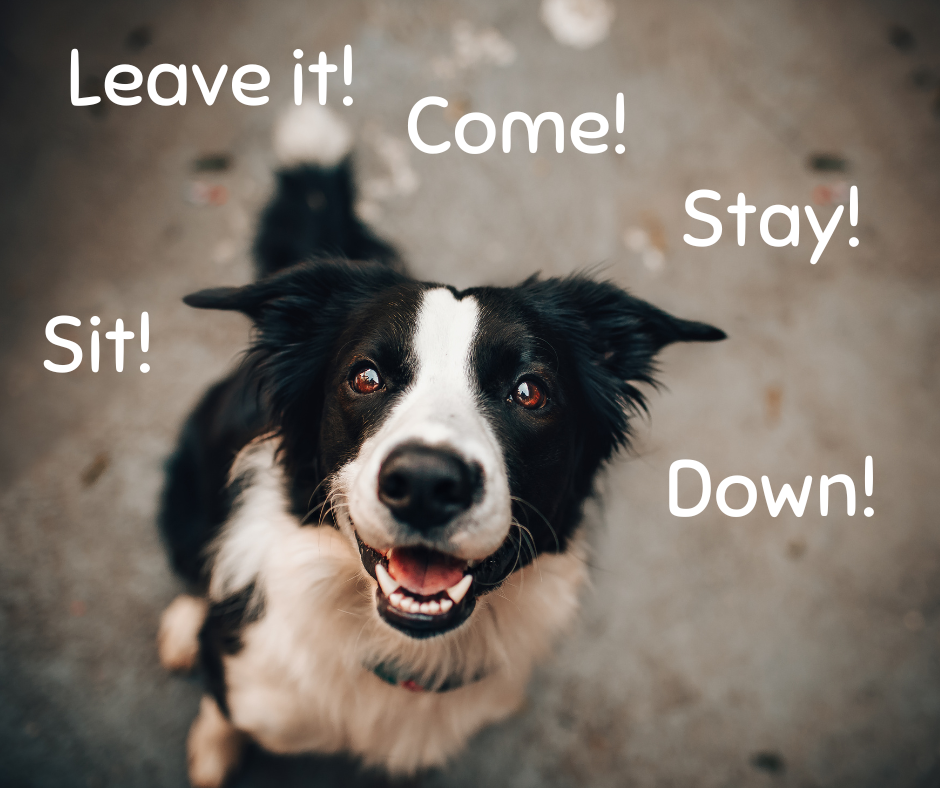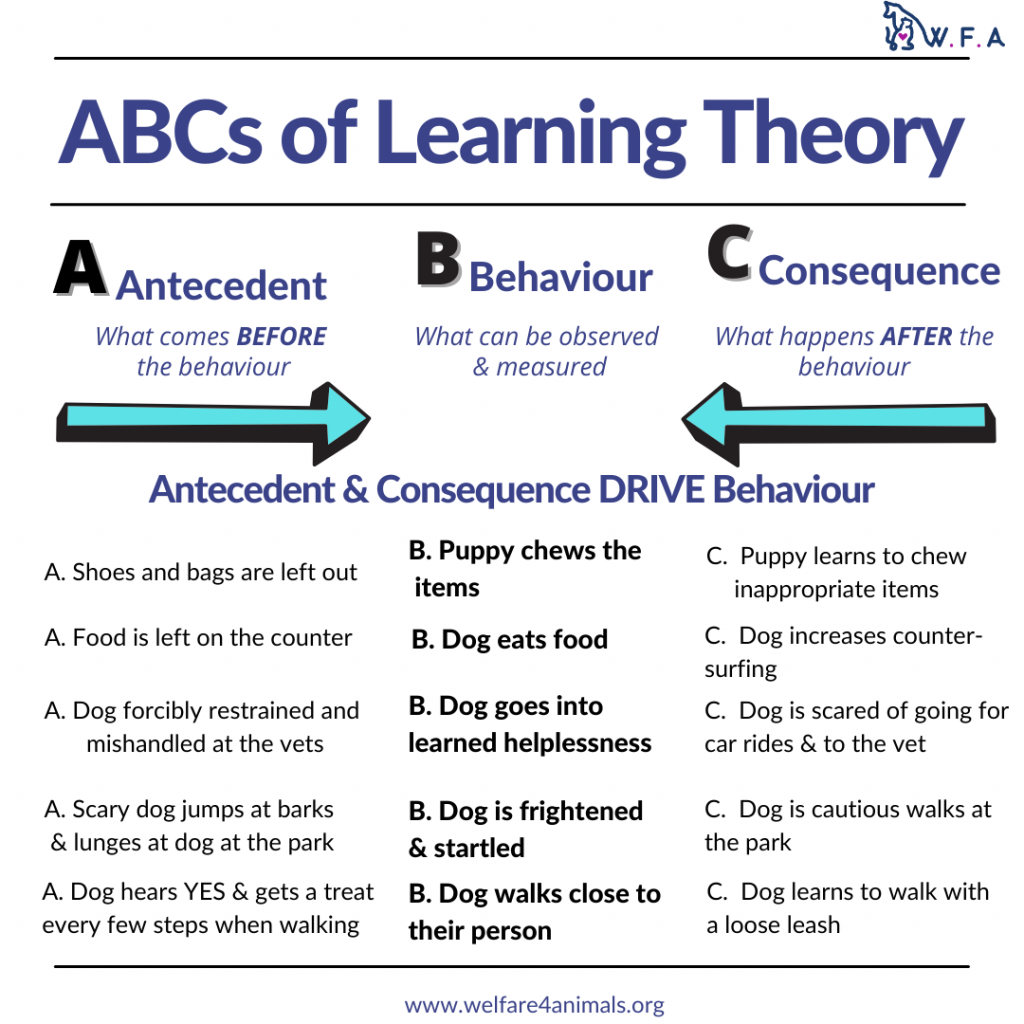
UNDERSTANDING YOUR PETS AND TRAINING THEM IS AN IMPORTANT ASPECT OF RESPONSIBLE GUARDIANSHIP.
Training your pet is not just about teaching them to perform tricks or follow commands; it’s a crucial aspect of responsible pet ownership. We’ll delve into the key reasons why investing time and effort into training is a decision you won’t regret, and how it can lead to a happier, healthier, and more fulfilling partnership between you and your pet.
While we often see our pets as perfect, they have their moments, just like we all do, and that’s perfectly fine! Pets don’t come into our lives already trained, so it’s essential to understand the importance of training and what key lessons to impart. Sometimes, addressing behavioural concerns can be as straightforward as dedicating a few minutes each day or making simple adjustments, like adding an extra food bowl for a cat or providing a sandpit for a dog.
Failing to train your pets can lead to frustration on your part, which, in turn, creates confusion and stress for your furry friend, perpetuating a cycle of misbehaviour. Many pets end up in shelters due to perceived “behavioural issues,” which are often quite normal given the circumstances and unmet needs, and could be resolved with a little training and attention from their owners.

WHY IS TRAINING IMPORTANT?
Training your pet is a valuable investment! Let’s explore these key reasons and understand how they contribute to a happier, healthier, and more fulfilling partnership between you and your beloved pet.
1. Communication: Training is a bridge that helps you and your pet communicate effectively. By learning to understand and respond to commands, cues, and signals, your pet can express their needs and desires more clearly. Likewise, you can convey your expectations and boundaries in a way that your pet comprehends. This mutual understanding forms a foundation for a deeper connection.
2. Behavioural Harmony: Well-trained pets are more likely to exhibit positive behaviours. They are less prone to destructive actions like chewing on furniture or having accidents indoors. A pet that doesn’t engage in problematic behaviours is often easier to integrate into your daily life, reducing stress and frustration for both of you.
3. Safety: Training is about more than just convenience; it’s about safety. A well-trained pet is less likely to dart out an open door into potential danger, jump on people, or exhibit aggression. This ensures the safety of your pet and those around them, preventing accidents and injuries.
4. Socialization: Proper training often includes socialization with other pets, things and people. This exposure helps your pet become well-adjusted, confident, and less anxious in various situations. A socially adept pet is more likely to enjoy outings, playdates, and interactions with family and friends.
5. Mental Stimulation: Training keeps your pet’s mind active. Learning new commands and tricks challenges their cognitive abilities, warding off boredom. Mentally stimulated pets are generally happier and less prone to engage in undesirable behaviours born out of frustration.
6. Exercise and Physical Health: Many training activities involve physical exercise, which is vital for your pet’s overall health. Regular exercise helps maintain an ideal weight, promotes cardiovascular health, and keeps muscles strong. A fit and active pet is more likely to lead a happy, longer life.
7. Bonding: Training sessions are an excellent opportunity for you and your pet to bond. The time you spend teaching and learning together strengthens your emotional connection. These positive interactions create trust, affection, and a sense of security in your pet.
8. Increased Freedom: A well-trained pet often enjoys more freedom because you can trust them in various situations. This means you can include them in more aspects of your life, whether it’s travelling together, visiting friends, or going on outdoor adventures.
9. Sense of Achievement: Training your pet and witnessing their progress can be incredibly rewarding. It’s a journey that offers a sense of accomplishment and boosts your confidence as a pet guardian.
Also see hot weather tips for you pets.
TRAINER OR BEHAVIOURIST?
I am not a qualified trainer or behaviourist; however, I am a perpetual student and love learning about the field of behaviour and psychology and obviously, animals too. I share here what I have learned through the years and what has worked for me. This info does not address how to train a specific skill but rather forms a general guide to help you in the right direction or highlight some important aspects.
If you need help with training your pet, it is important to contact either a qualified trainer or a qualified behaviourist, depending on what your animal needs. Always remember to use reward-based training or positive reinforcement and not fear-based training or punishment. Most trainers teach obedience, basic behaviour modifications, and specific skills whereas behaviourists address advanced behaviour issues like fear, aggression, severe anxiety, compulsive disorders, and other challenges.
You always have to address the underlying cause for behaviour and not just a symptom for example by using cruel anti-bark collars. If a professional starts to badmouth other trainers right off the bat, I would also walk away. Check out the green flags for choosing a trainer below.

Image by Canineology
Our approach to training centres around a commitment to upholding the five fundamental freedoms of animal welfare. We firmly believe that any training method we choose must ensure these freedoms: freedom from hunger and thirst, freedom from pain, injury, and disease, freedom from discomfort, freedom from fear and distress, and the freedom to express natural behaviour.
It’s essential to recognize that your feelings and your pet’s well-being during a training session are paramount. If either of you feel uncomfortable with the training process, it’s crucial to voice your concerns. This extends beyond just physical harm; emotional well-being matters too. Remember that punishment or your actions can have a lasting impact on your pet’s emotional state, so it’s important to be sensitive to their feelings.
Training and teaching tricks should be viewed as an enjoyable form of enrichment that enhances your bond with your pet. In the realm of training, what truly impresses us is your ability to understand and connect with your pet on a deeper level, rather than merely their obedience to your commands. I want to know how well you can read your pet and whether they seem happy.
BEHAVIOURAL PROBLEMS
When there are behavioural issues, it is always a good idea to go for a vet check first to exclude any health problems that might cause this behaviour e.g., excessive chewing or peeing in the house etc. Keep them healthy with regular wellness checks, up-to-date vaccination (without over-vaccinating), regular deworming, tick and flea treatment, a healthy and species-appropriate diet, enough exercise and enrichment etc.
Welfare for Animals shares a few helpful questions when there is a training or behavioural issue:

WHO – is it environmental? Is it you and your behaviour? Is it a family member or another dog? Or the cat? Are you pushing your dog too much too fast?
WHAT – what is the behaviour- let’s think about the ABCs- antecedent (what comes before the behaviour)- behaviour- consequence.
WHERE – is it certain environments? Would changing the environment help?
WHY – Is your dog fluent in the cues you’ve taught? Are they stressed, fearful or anxious? Are their needs being met? Have you set them up for success?
WHAT TO TEACH THEM?
The obvious commands that are helpful include sit, come, down, stay and leave it. Here are a few I consider important too.
SAFETY – Water safety is non-negotiable for us, but also safety around cars and not leaving the yard when the gate is open. It is important that your pet does not fear water, especially when you have a pool, but also for bathing purposes. You have to pet-proof your pool or fish ponds, but also teach them how to get out if they do fall in. Remember not all breeds are good swimmers!
RECALL – A good recall is one of the most important skills for all dogs to have, if not the most important. Successfully getting your dog to come back to you not only prevents potentially dangerous situations but also allows for greater freedom in off-leash areas. Never punish your dog if you have called them to you. This will only teach them that it’s a bad idea to come to you.
ON-LEASH & OFF-LEASH – You can start by teaching them to walk well on a leash and walking them is a great way to bond with them or help them bond with another dog. You do however need to teach them to be off-leash too and still respond to your commands, so work on recall!
JUMPING – Discourage jumping from the start. I don’t step back when they jump, but rather towards them. If you give lots of attention when they jump, this will encourage the behaviour.
BITING – Say no to biting and nipping. Chewing on the other hand can be from boredom, dental issues or just a way to relieve stress.
HANDLING – Snuggle sessions are a great opportunity to get your new puppy or adult dog comfortable with having all the areas of their body handled because soon enough they’ll need to visit the veterinarian and perhaps the groomer. The animals we care for and live with can work towards learning preventative care with positive reinforcement, to avoid restraint and coercion in treatment throughout their life. Wherever we can aim to teach and instil these caretaking behaviours with our animals, we should invest the time to make it happen.
SOCIALIZE – Socialization means exposing your pet to as many new people, animals, environments, and other safe stimuli as possible, without overwhelming them. This should preferably be done early in their life. Like humans, some might not like it as much, but they need to be able to socialize and not fear being around other animals, humans and stimuli.
HOUSE TRAINING – If they are lucky enough to be cared for and stay safe inside your home at night, this will be important. You need to watch their behaviour and take them out after they wake up or have eaten and add some praise when they go. You might have to re-train some older pets later again. When a mistake happens don’t scream or punish them and never, ever rub your dog’s nose in their mess. Look for and address submissive and “relief” urination as well.
CRATE TRAINING – We don’t support keeping your pet in a crate often and definitely not as punishment, but training for it can be helpful for you, as well as them if you need to crate them during an emergency, car or plane travel, or overnight stays with friends or family.
Your pride and ego should never trump what is best for your pet. You don’t have to follow it, but be open to people suggesting a different approach or a better way of doing it, which can benefit your pet. You can learn from many people. Not all towns have access to training classes, but don’t let that stop you from learning online and trying it at home. Training does not have to be expensive but know what you pay for.
Your pets are your responsibility and you should invest in their training & health. Investing time and effort in training your pet is a decision that leads to a happier, healthier, and more fulfilling partnership. It enhances communication, behaviour, and safety, while also promoting mental stimulation, physical health, and a stronger bond. As you embark on this training journey with your pet, you’ll find that the benefits extend far beyond a well-behaved and balanced companion; they create a more enriching and joyful life for both of you.
If you don’t train them, don’t blame them! Next week we will share more tips on training & behaviour!
WHEN YOU KNOW BETTER, DO BETTER!